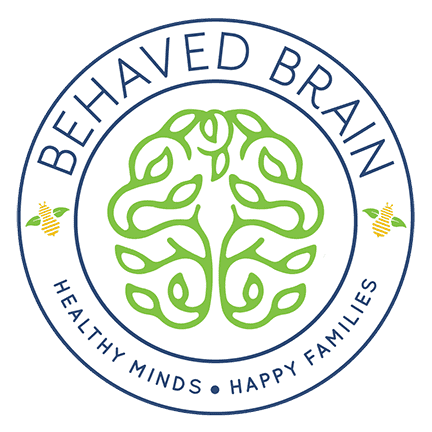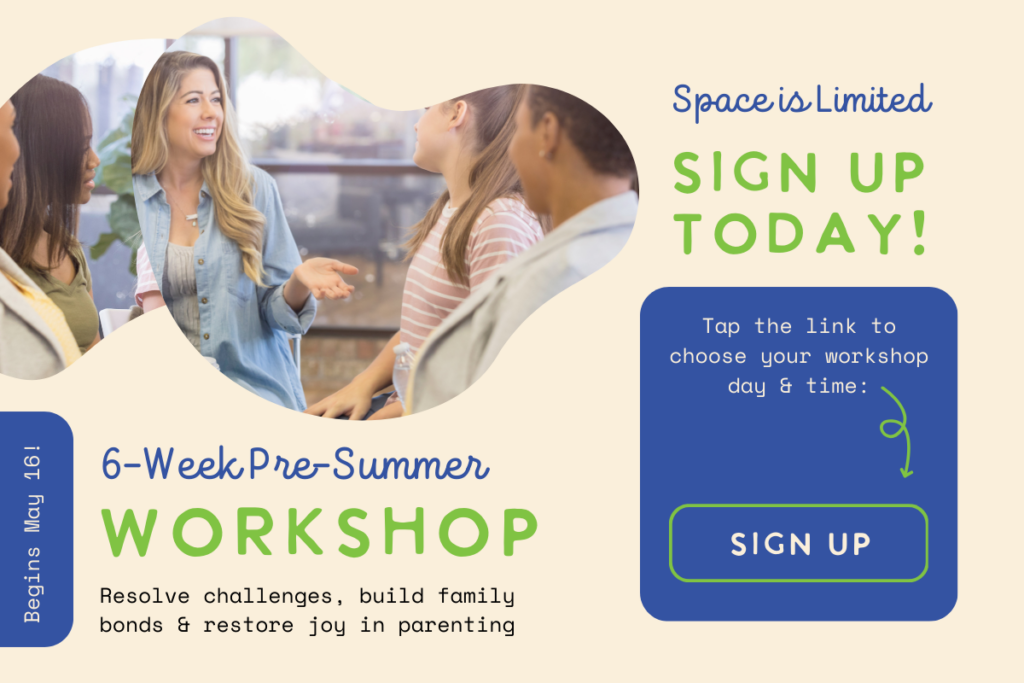Movement and Mental Health
Can you think of a time when you were encouraged to join a family member on a walk or bike ride when you didn’t want to? Your body could have felt tired, or you just weren’t in the mood; however, you noticed your mood elevated once you completed that activity. That’s because our brains benefit in so many ways from moving our bodies! Exercise and movement are believed to play a large role in managing stress, leading to decreased levels of anxiety and depression.
Exercise and Our Brains
More and more studies show that exercise of all forms (such as walking, running, cycling, yoga, and even jumping rope) keeps our bodies healthy and strong and keeps our brains sharp, which in turn improves mood and sleep. This dynamic also reduces stress and anxiety.
We are in the midst of a pandemic where our regular daily routines have changed, and we were encouraged to stay home. What we knew as normal life that most likely included regular movement (walks to and from locations, in and out of businesses, and get-togethers with friends) was halted and continues to look different. More people are staying indoors and turning to sedentary forms of entertainment. This lack of daily movement (even if it wasn’t considered exercise), in conjunction with the overwhelming presence of Covid-19, has led to an increase in anxiety and depression. We need movement more than ever!
Many experts believe exercise tells our brains to release serotonin and dopamine, the hormones that make us feel happy. This is why my fellow mental health professionals and I suggest a common suggestion when working with individuals struggling with anxiety and depression. We know that getting dressed and going outside for a brisk walk might sound like the last thing you want to do, but it will most likely be one of the most beneficial things you can do to feel better. You will feel better.
Just Move
The Department of Health and Human Services Physical Activity Guidelines for Americans (PDF, 15MB) recommends 150 minutes or 2.5 hours of moderate aerobic activity a week, or 75 minutes of more vigorous activity. Unfortunately, because of all the obstacles mentioned earlier, so many people struggle to find the space, time, energy, and means to exercise as they normally would. This is where it helps to think outside the box and try a new movement that feels good to you.
Fortunately, there are so many resources available (even free ones) if you have a computer and internet connection. More than ever, people are using social interfaces to exercise together, even if they are across the country from each other. There are free apps that can motivate you to exercise linked in this article. It’s definitely worth a peek to see if anything catches your attention.
If getting started with regular movement sounds overwhelming, it’s helpful to know that starting anywhere is better than not starting at all. Because we know that regular movement is an effective way to manage stress and stay mentally healthy, finding an activity that you enjoy and want to stick with is more important than engaging in a program or rigorous routine that might be hard to follow through with. Your body will crave moving if you find something you get joy out of doing.
For more information on exercise recommendations, including suggestions for age-specific activities, refer to the 2018 Physical Activity Guidelines for Americans Move Your Way Campaign.
https://health.gov/sites/default/files/2019-09/Physical_Activity_Guidelines_2nd_edition.pdf
https://health.gov/our-work/physical-activity/move-your-way-campaign

